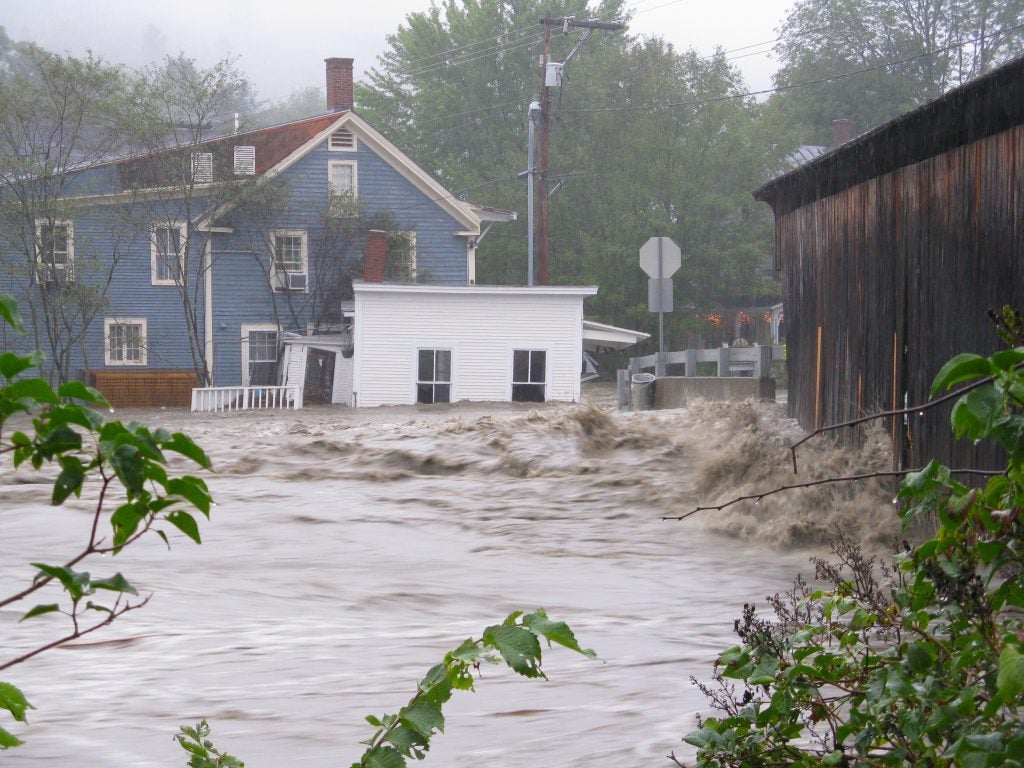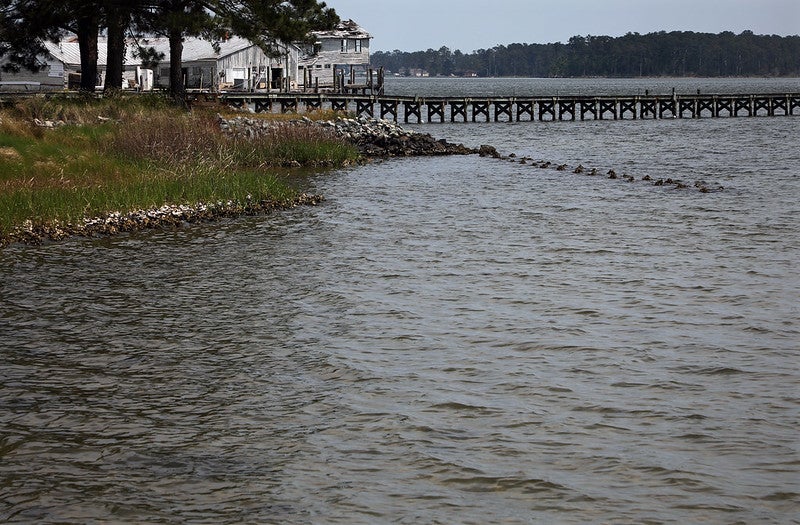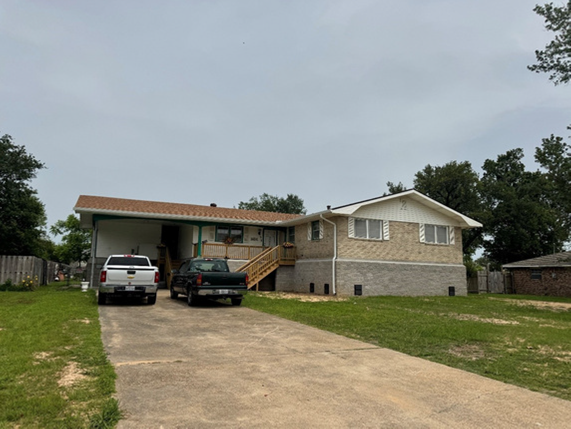Congress is advancing bipartisan climate resilience policies in 3 key ways
Congressional leaders across both parties are taking action to build climate resilience, and for good reason.
Natural disasters and extreme weather know no political affiliations or geographic boundaries, and are impacting all Americans with greater severity. Our country desperately needs investments in infrastructure that can withstand these disasters, while also increasing public safety, lowering the cost of disaster recovery, and spurring job and economic growth.
There are currently dozens of bipartisan congressional bills seeking to do just that. Here are a few key pieces of legislation — from transportation to flooding — that would have a big impact building lasting resilience across our country’s communities, infrastructure and ecosystems.
1. Making transportation infrastructure resilient to climate change
Last July, the Senate Environment and Public Works Committee unanimously passed a bipartisan surface transportation reauthorization bill — America’s Transportation Infrastructure Act of 2019 (S 2302) — that recognized the need for resilient infrastructure.
The bill provides $986 million over the next five years for states, municipalities, tribal governments and other government entities to strengthen transportation resilience through both structural and natural infrastructure projects. These include culvert upgrades, roadway relocation, land acquisition and wetland restoration.
The bill also clearly and meaningfully defines the terms “resilience” and “natural infrastructure,” paving the way for future pieces of legislation to build on these priorities. These pieces of legislation would help build lasting resilience across our country’s communities, infrastructure and ecosystems. Here's how. Share on X
Included in S 2302 is another bipartisan bill that would require the Federal Highway Administration to provide states with the guidance and tools they need to make infrastructure more resilient to natural disasters and extreme weather. This same language, like the definitions of resilience and natural infrastructure, is included in an infrastructure package moving through the House of Representatives.
Another related bill is the Natural Infrastructure and Resilience Act (HR 5871), which amends the U.S. Department of Transportation’s Surface Transportation Block Grant Program to open up funding for natural infrastructure alone or in combination with certain projects to enhance resilience of a transportation facility.
2. Investing in risk reduction before disaster strikes
The bipartisan Resilience Revolving Loan Fund Act of 2019 (HR 3779) would allow states and tribal governments to fund projects that reduce risk before a disaster strikes. The bill would authorize the Federal Emergency Management Agency (FEMA) to provide $100 million in low-interest loans to help mitigate risk from disasters such as drought and prolonged heat, severe storms, wildfires, earthquakes, flooding and chemical spills.
In addition to protecting people and property, these investments would save costs over time as every $1 spent before a disaster saves $6 in post-disaster recovery.
Not surprisingly, the bill traces its origin to the policy recommendations of mayors who have dealt with repetitive flooding events along the Mississippi River for years, and has garnered support from a broad coalition of organizations, including nonprofits, the U.S. Chamber of Commerce and the American Society of Civil Engineers. The bill is also included in an infrastructure package moving through the House.

3. Building flood resilience on our coasts and beyond
Coastal and riverine flooding is the largest source of financial exposure for the federal government behind only Medicare and Social Security. Expected costs from storm-related winds and flooding total $54 billion a year.
While FEMA flood maps place 8.7 million properties at risk of flooding, a new study by First Street Foundation indicates the number is likely significantly higher and closer to 14.6 million properties.
More than 70 percent of Americans think that extreme weather is getting worse, and three quarters think that the federal government should help fund flood-resilient infrastructure.
It’s no surprise, then, that a number of bills in this Congress seek to address that threat. For example:
- The Flood Mapping Modernization and Homeowner Empowerment Pilot Program Act (HR 2462 and S 1276) will establish a pilot program for enhanced mapping so that homeowners, businesses and others will be better equipped to understand and mitigate flooding risks.
- The Coastal State Climate Preparedness Act (HR 3541) will require the Secretary of Commerce to establish a climate change adaptation planning and response grant program for coastal states, allowing states to modify their current coastal management plans to address climate change impacts as well as implement climate change adaptation strategies.
- The Coastal Resilience Research and Education Act (HR 5102) will spur more research in resilience and designate as National Centers of Excellence in Coastal Resilience Research and Education public colleges and universities that provide research, data and recommendations on physical and biological science, social science, economic analysis, policy analysis, risk analysis, monitoring, predicting and planning for sea-level rise, and associated coastal flooding and shoreline erosion.
Finding common ground on resilience
It’s inspiring to see so many members of Congress finding common ground and taking a unified approach to resilience. The vast majority of Americans across the political and geographic spectrums are at risk from climate change and extreme weather and they want action.
By advancing these bills and others, Congress has an opportunity to show that policymakers can come together to build a more resilient future.












